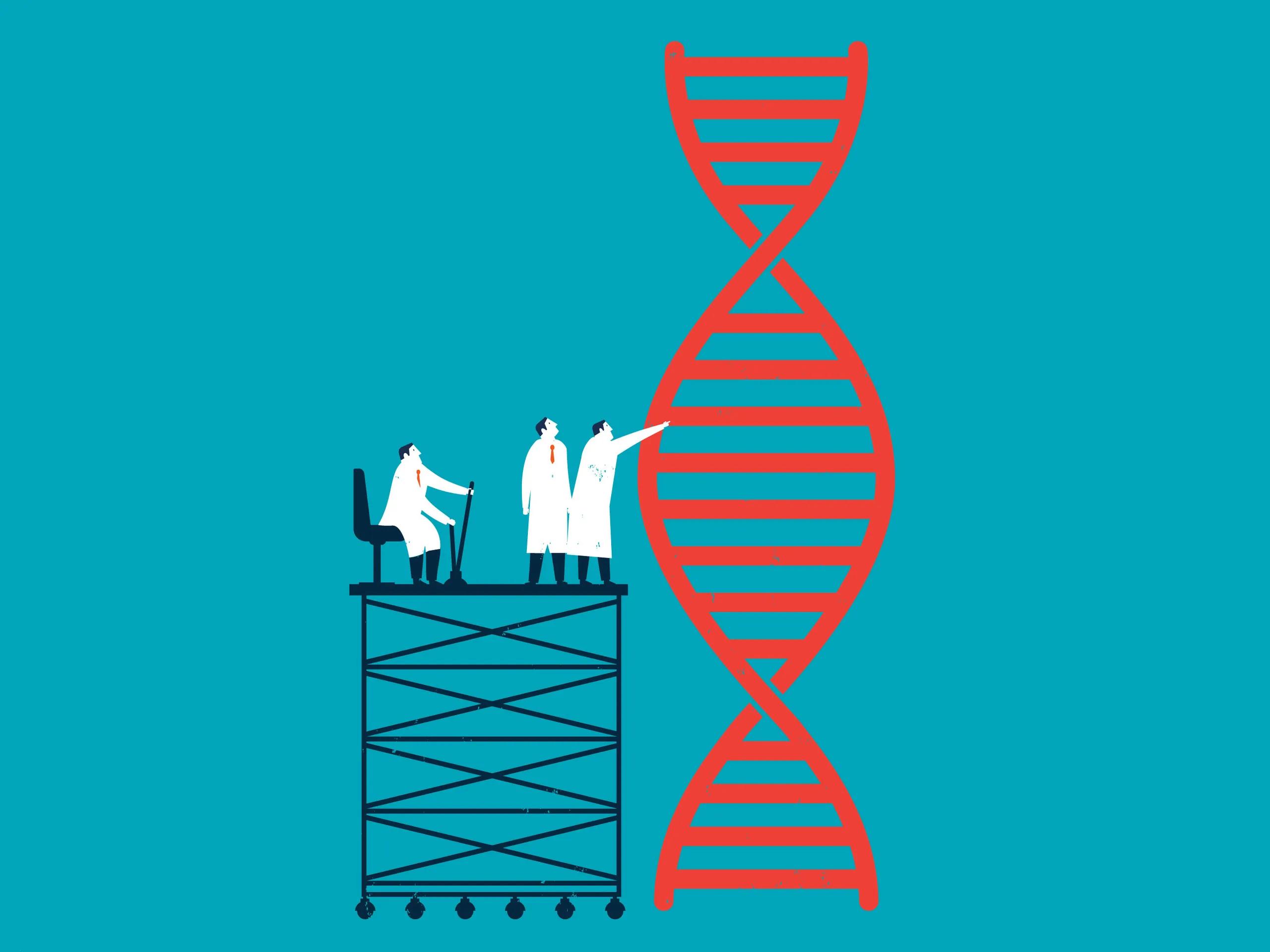
DNA (deoxyribonucleic acid) and RNA (ribonucleic acid) are the cornerstone molecules of genetics. While both are critical to life’s processes, they differ significantly in structure, function, and role. Exploring the difference between DNA and RNA is fundamental to understanding how genetic information is stored, transmitted, and executed within living organisms.
How DNA and RNA Differ
1. Structure and Composition
The most notable difference between DNA and RNA is their structure:
DNA: A double-stranded helix made of deoxyribose sugar. It contains the bases adenine (A), thymine (T), cytosine (C), and guanine (G), paired as A-T and C-G. DNA’s stability ensures it serves as a long-term genetic repository.
RNA: A single-stranded molecule with ribose sugar. RNA uses uracil (U) instead of thymine, making it more flexible and suitable for diverse cellular functions.
2. Function
DNA: The genetic blueprint, DNA holds all the information necessary for the growth, development, and reproduction of an organism. It ensures the continuity of life by passing this information to subsequent generations.
RNA: Acts as DNA’s active assistant, translating genetic instructions into action. Key types of RNA include:
mRNA (Messenger RNA): Carries instructions from DNA to ribosomes for protein synthesis.
tRNA (Transfer RNA): Brings amino acids to ribosomes during protein assembly.
rRNA (Ribosomal RNA): Forms the structural framework of ribosomes.
3. Replication and Transcription
DNA Replication: DNA duplicates itself during cell division, ensuring genetic information is consistently passed to new cells. This process is highly accurate to maintain genetic stability.
RNA Transcription: Involves copying specific DNA sequences into RNA. Unlike DNA replication, transcription is selective, enabling gene expression based on cellular needs.
4. Location Within the Cell
DNA: Found in the nucleus (and mitochondria), DNA is tightly packed into chromosomes to ensure its protection and organization.
RNA: Synthesized in the nucleus but functions in the cytoplasm, reflecting its active role in protein synthesis and regulation.
Significance of DNA and RNA in Genetic Testing
The unique characteristics of DNA and RNA make them indispensable for genetic testing:
DNA Analysis: Detects genetic mutations and hereditary conditions, helping diagnose diseases and predict health risks.
RNA Analysis: Examines gene expression, revealing how genes influence health and cellular functions.
Technological Advancements: Tools like Next-Generation Sequencing (NGS) integrate DNA and RNA analysis, enabling precision medicine and personalized treatments.
Conclusion
The difference between DNA and RNA highlights their complementary roles in genetics. DNA serves as the stable storage unit for genetic information, while RNA acts as the versatile messenger, executing and regulating biological processes. Together, they ensure the proper functioning and survival of all living organisms.
In the realm of medical science, understanding DNA and RNA has revolutionized healthcare. Genetic testing, powered by these molecules, is advancing disease detection, personalized treatments, and preventive medicine. As science progresses, the interplay between DNA and RNA will continue to shape the future of biotechnology and medicine.

















Write a comment ...